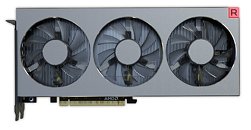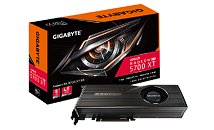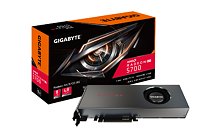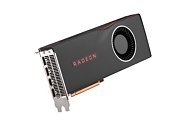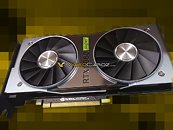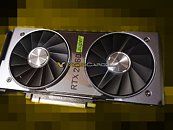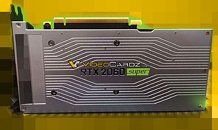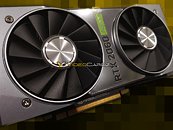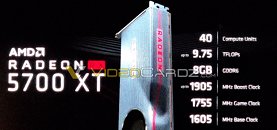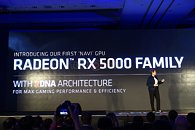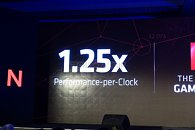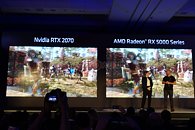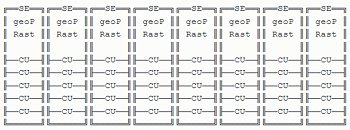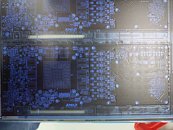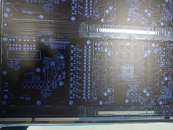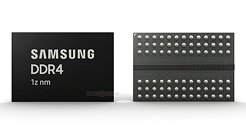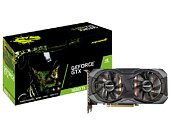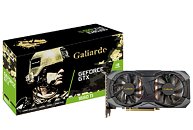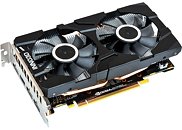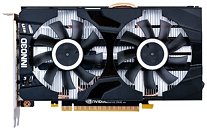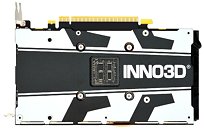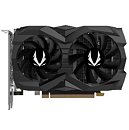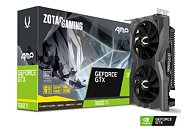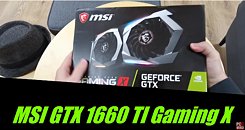
NVIDIA Launches the GeForce RTX 2080 Super Graphics Card
NVIDIA today launched the GeForce RTX 2080 Super graphics card, priced at USD $699. The card replaces the RTX 2080 from this price-point, which will be sold at discounted prices of around $630, while stocks last. The RTX 2080 Super is based on the same 12 nm "TU104" silicon as the original, but is bolstered on three fronts: first, it maxes out the "TU104" by enabling all 3,072 CUDA cores. Second, it comes with increased GPU Boost frequency of 1815 MHz, compared to 1710 MHz of the original; and lastly it comes with the highest-clocked 15.5 Gbps GDDR6 memory solution.
The card ships with 8 GB of memory across a 256-bit wide memory bus, which at 15.5 Gbps works out to roughly 496 GB/s of memory bandwidth, a 11 percent increase over the original RTX 2080. Other specifications of the GeForce RTX 2080 Super include 192 TMUs, 64 ROPs, 48 RT cores, and 384 Tensor cores. NVIDIA is allowing its board partners to launch custom-design boards that start at the same $699 baseline.Our launch-day GeForce RTX 2080 Super coverage includes the following content: NVIDIA GeForce RTX 2080 Super Founders Edition review | MSI GeForce RTX 2080 Super Gaming X Trio review | ZOTAC GeForce RTX 2080 Super AMP Extreme review
The card ships with 8 GB of memory across a 256-bit wide memory bus, which at 15.5 Gbps works out to roughly 496 GB/s of memory bandwidth, a 11 percent increase over the original RTX 2080. Other specifications of the GeForce RTX 2080 Super include 192 TMUs, 64 ROPs, 48 RT cores, and 384 Tensor cores. NVIDIA is allowing its board partners to launch custom-design boards that start at the same $699 baseline.Our launch-day GeForce RTX 2080 Super coverage includes the following content: NVIDIA GeForce RTX 2080 Super Founders Edition review | MSI GeForce RTX 2080 Super Gaming X Trio review | ZOTAC GeForce RTX 2080 Super AMP Extreme review















